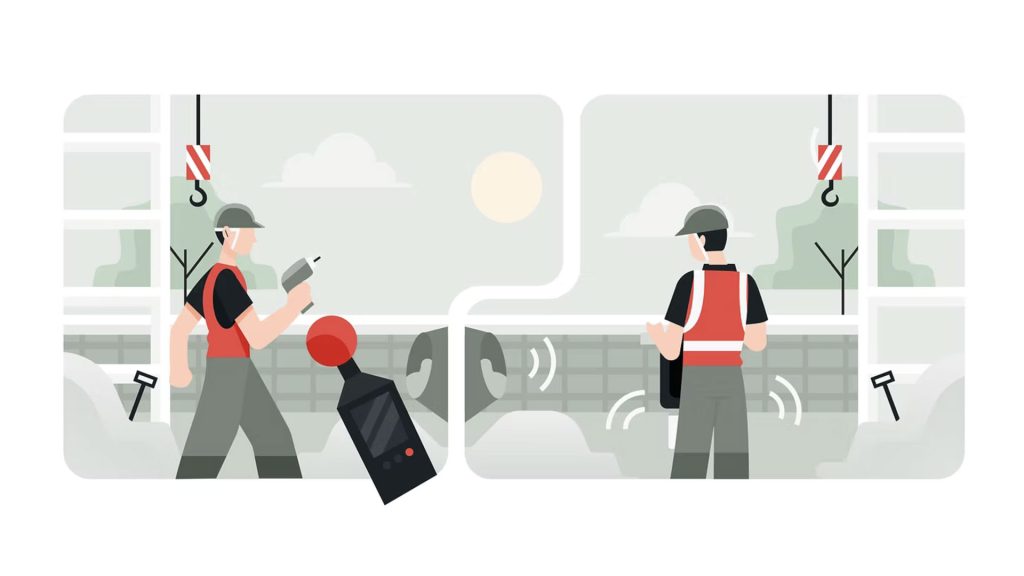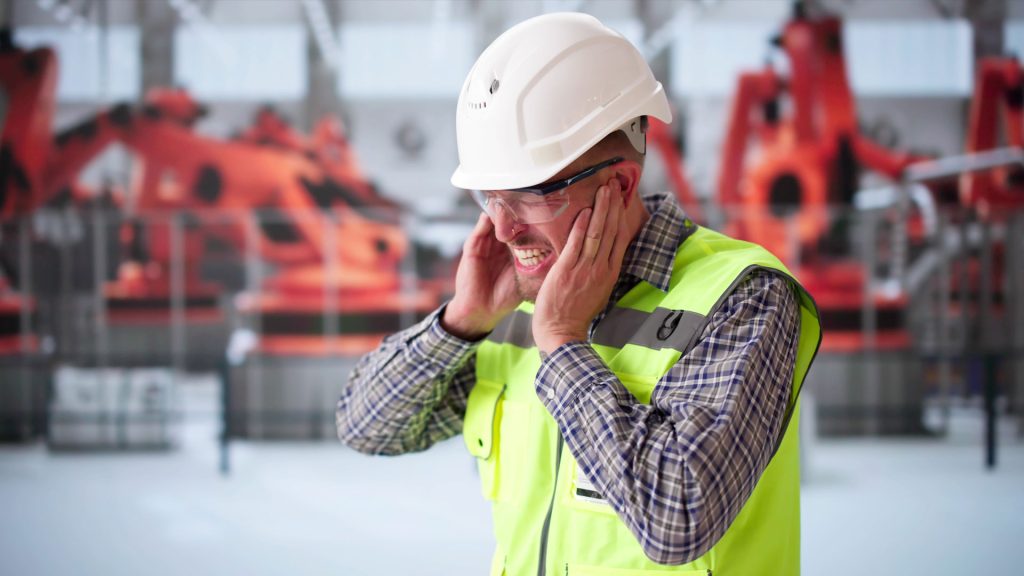
The Future of Noise Safety: From Compliance to Care
For a long time, noise safety has meant doing the basics—handing out PPE, completing risk assessments, and ticking off compliance forms. Job done, right?
Not anymore.

For a long time, noise safety has meant doing the basics—handing out PPE, completing risk assessments, and ticking off compliance forms. Job done, right?
Not anymore.

When it comes to improving your approach to anything workplace-related, it’s best to start with a few simple questions: What are you already doing? What impact are your current processes or systems having, at present? What goals are you looking to achieve, moving forward?

Modern risk management solutions are rooted in the notion that ensuring worker health and safety should be a precise and data-driven exercise. Said otherwise: when it comes to preventing workers from being exposed to unsafe levels of risk in the workplace, nothing should be left to chance.

Noise-Induced Hearing Loss (NIHL) is a permanent and disabling condition. In the UK alone, it affects two million workers. Globally, a staggering 1.1 billion people are estimated to have the condition, with 16% of disabling hearing loss worldwide being attributed to exposure to occupational noise.

Noise-induced hearing Loss (NIHL) is hearing loss caused by exposure to a harmful level of noise.
Globally, a staggering 1.1 billion people are estimated to have the condition, with 16% of disabling hearing loss worldwide being attributed to exposure to occupational noise